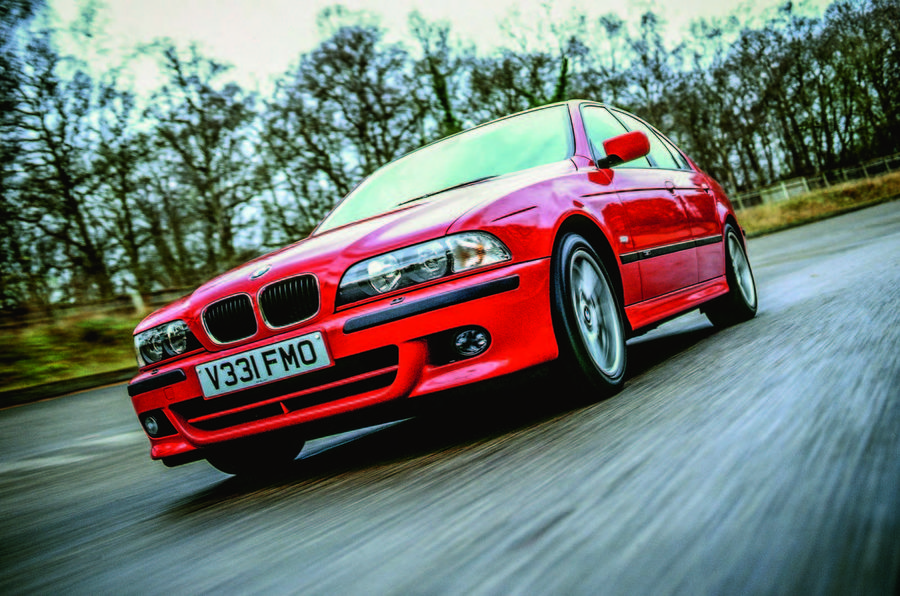I like it when companies tell us how much cars cost to fix and which ones break down. So thank you to the whocanfixmycar.com people, who have crunched the numbers to reveal which cars cost a bomb to repair and which don’t. In theory, this should be our banger buying guide.
The criteria is how much each car costs to maintain at different ages, from brand new to 15 years old, and there’s an average cost for each car per year. Each figure includes servicing, MOT and any unexpected repairs.
Well, here’s a favourite of ours, a BMW 5 Series, which sits at the very top of the ‘most expensive cars to fix’ list. There does not seem to be any qualification, but certainly recent-era ones aren’t a cheap fix. Indeed, a Bavarian specialist once told me that the E39 generation was the last truly fixable 5 Series. With that in mind and ignoring the fact that E39s are more than 15 years old now, let’s get ourselves a nice one for just £1500. That will bag you a 2003 520i ES with 120,000 miles. It’s got those nice star alloy wheels and automatic ’box, and being a petrol, I think it will be pretty reliable. The stats, though, say it will cost £585 a year to sort out. You might get away with it, but I’m not so sure about a 2006 530d Sport with 185,000 miles at £1950. It was a dealer part-exchange and even they admitted that it needed some TLC.
Not far behind at £557 per year is the Mercedes-Benz C-Class. They look small, cool and unfussy now and a 100,000-mile 2007 C200 Kompressor Sport Edition with a fresh air-con condenser is £2490.

Then there is the Volkswagen Passat, with a £543 bill. That’s a surprise because they seem to gobble up huge mileages with not too much bother. Certainly, the estates are wonderful luggers. A 2002 1.8 Turbo SE with 100,000 miles, a proper old-school petrol estate with a full year’s MOT, is just £900.





















Join the debate
Add your comment
Iv a old 525i E39 runs like a
Legs
Being a cautious soul, I wonder, in a head-on, would I be more likely to walk, or limp, away driving a 15 year old large saloon or a 5 year old small hatchback?
TBC wrote:
That's easily answered by EURO NCAP which has data going back to 1997. In short it depends on the car but I did quick comparison between a 1998 5 series and a 2014 Fabia and you are more likely to be limping in the BMW. Mass is a factor in a crash but modern cars are just so much better at distributing energy around the passenger cell. The BMW driver is injured by the hard points in the car being directed into the passenger cell
@ SamVimes1972
Totally disagree Sam. I would rather be in the old BMW or a Merc than a modern eurobox designed to pass a very specific set of tests.
The extra survival room and the stouter materials in the real world make all the difference.
Only European cars?
Japanesse?
Unless it's a Nissan Qashqai, or Pulsar, or Honda civic, or HR-V